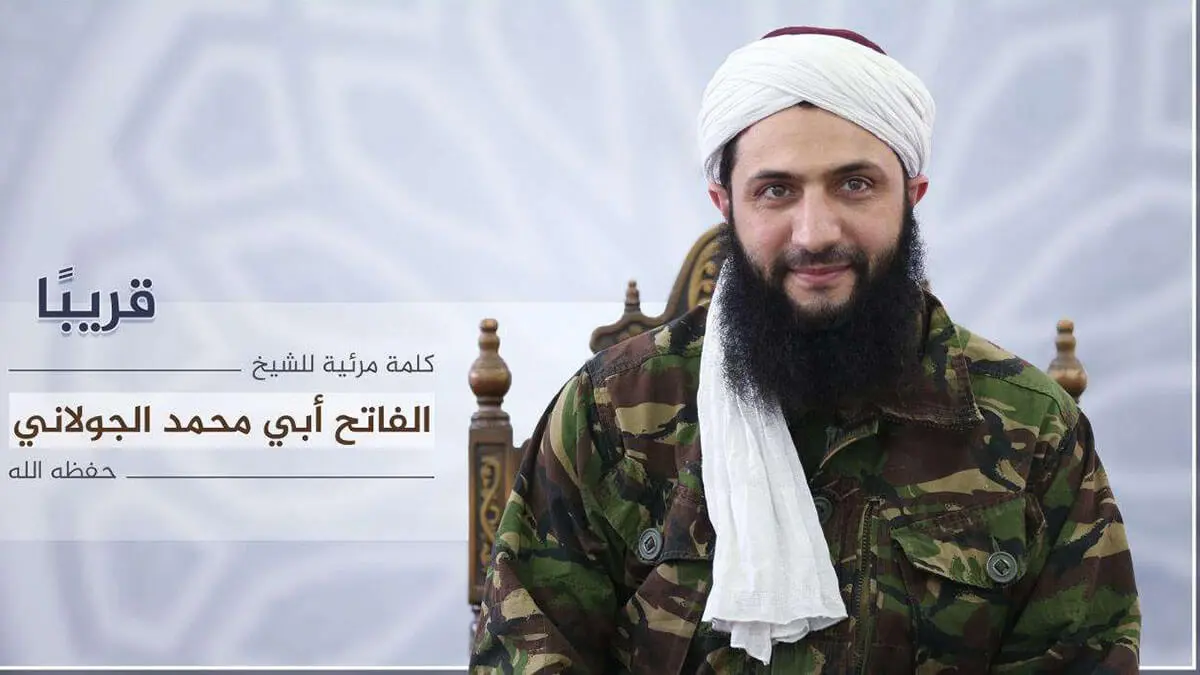Having to choose between plague and cholera

A similar case is told with verve and sarcasm by the Arab poet Talawi (17th century):
I have the misfortune to have a friend and the ugly Shihab Eddin his brother.
Both are farters, but Shihab is more foul-smelling than his brother.
For such is the situation of the Syrians today, a people who, as faithful heirs of the Umayyad civilisation, have always stood out for their refined taste. Today, our dear Levantines find themselves caught in the nets of this ‘Cornelian dilemma’ that leads the one who faces it to a very deep psychic and moral conflict in which he has to resign himself to the logic of statistics: which of the two has caused fewer deaths, the regime of Bashar Al-Assad or the fundamentalist nebula from which Al-Jolani emerged?
Let us now look at the two entries in the dilemma equation, plague and cholera, delve into their history and learn about their aetiology and effects.
At the outset, it is striking that the Black Death, a disease that was endemic to Central Asia and China and passed into Europe from the Crimea (...). It all started in 1346 during the siege by the Tartars of the ‘Golden Horde’ of a place on the island called Caffa, which housed a Genoese trading post. The Tartars even catapulted the corpses of sick people who had died of the plague onto the besieged inhabitants. Thus the first bacteriological war of mankind took place.
A Genoese ship that had managed to escape the siege first landed in Messina, then in Genoa and finally in Marseilles. The unloaded goods also brought huge Asian rats infected with plague bacilli. These rats soon managed to replace the few local grey rats and to run rampant against the very small number of cats, which the Inquisition had ordered to be killed as evil beings.
The plague began with the death of the cats! In just five years (from 1347 to 1352), it managed to wipe out almost half of the European population and became synonymous with the end of the world, with a dreadful dread that is echoed in the Spanish expression ‘evitar como la peste’, or the Italian ‘li odio come la peste’ or the French ‘craindre como la peste’.
Perhaps there is a certain parallel between the story of the killing of cats, the subsequent spread of the plague and the regime of Bashar Al-Assad. After giving free rein to his secret service to stamp out any kind of uptight and neat thinking, he plunged the country into a state of fear, debasement and corruption, thus creating the ideal breeding ground for the proliferation of jihadist fundamentalism. He then filled the prisons with the followers of this doctrine and then released them, gave them a part of Syria, armed them and assigned them the role of scarecrows, thus trapping Syrians in the web of dilemma.
As for the second epidemic that appears in the expression, cholera or ‘the raptor of the young’, it took over in the early 19th century, just as people were beginning to catch their breath after the plague had been eradicated, proclaiming itself the new serial killer.
From the Latin ‘Cholerae’, it is an enteric toxo-infection that causes copious diarrhoea and very acute dehydration leading to death. Unlike the plague, but like religious obscurantism, it is transmitted exclusively among men. Those affected by this disease vomit a mixture similar to rice pudding and go into convulsions preceded by cyanosis and a horrible body cold until they die.
Here, I recall a passage from a poem by the great Bayram Attunusi which reads:
Oh East, bright thy sky, dark thy thought
Warm your climate, cold your people
Does this grim and chilling description apply today to the Syrian people with their new Cid (Arabic for ‘lord’)? I say Cid because the ‘Cornelian dilemma’ (by Corneille, the French poet) has Rodrigo Díaz de Vivar as its protagonist.
In fact, the play by the French playwright also called ‘the Cid’ speaks of the love that united the latter and Jimena (second niece of King Alfonso VI) and that the two lovers had made a promise to marry. However, according to Corneille, there was a quarrel between their respective parents that ended with her father humiliating her father. Such an affront landed our protagonist in an unenviable situation.
He knows that to wash his father's honour he will have to confront his hypothetical brother-in-law and kill him and thereby lose the love of his beloved forever, but he also knows that if he does not do so he loses his honour and with it Jimena's esteem, since the codes of honour imply repelling anyone who does not defend his family's honour.
Many works have been written about the Cid, some in praise, such as Corneille's or the ‘Cantar del Mío Cid’, which some Spanish researchers attribute to Abu-l-Walid Al-Waqqshi, and others less considered, even branding him as a mercenary and stateless.
While it is true that the view depends on one's angle of vision and interests, we are dealing with a brilliant ‘Campi doctor’ who played the role of ‘faiseur de rois’ in his time.
Indeed, among many of his exploits, it was he who gave victory to Sancho, ruler of Castile, in the battle of Golpejera in 1072 against his brother Alfonso ‘the Brave’, ruler of León. After Sancho was assassinated, he went to work - reluctantly - with Alfonso VI, only to decide later, following a series of banishments due to disagreements with the new monarch, to devote himself to his own interests and sell his services to the highest bidder, whether Moorish or Christian, until he took over the Kingdom of Valencia, which stretched from Denia to Tortosa.
Is the Idlib of today the Valencia of yesteryear?
It is clear that our two cides, the champion and Al-Jolani, have many points in common, especially their willingness to work with opposing sides. Now, it remains to be seen whether the latter will follow the path of the former - in Corneille's play -, that is to say, opt for the honour of his family, or whether he is the protagonist of a new play without principles or values in today's times.
Honour is like virginity, said Clemenceau, it only serves once.



